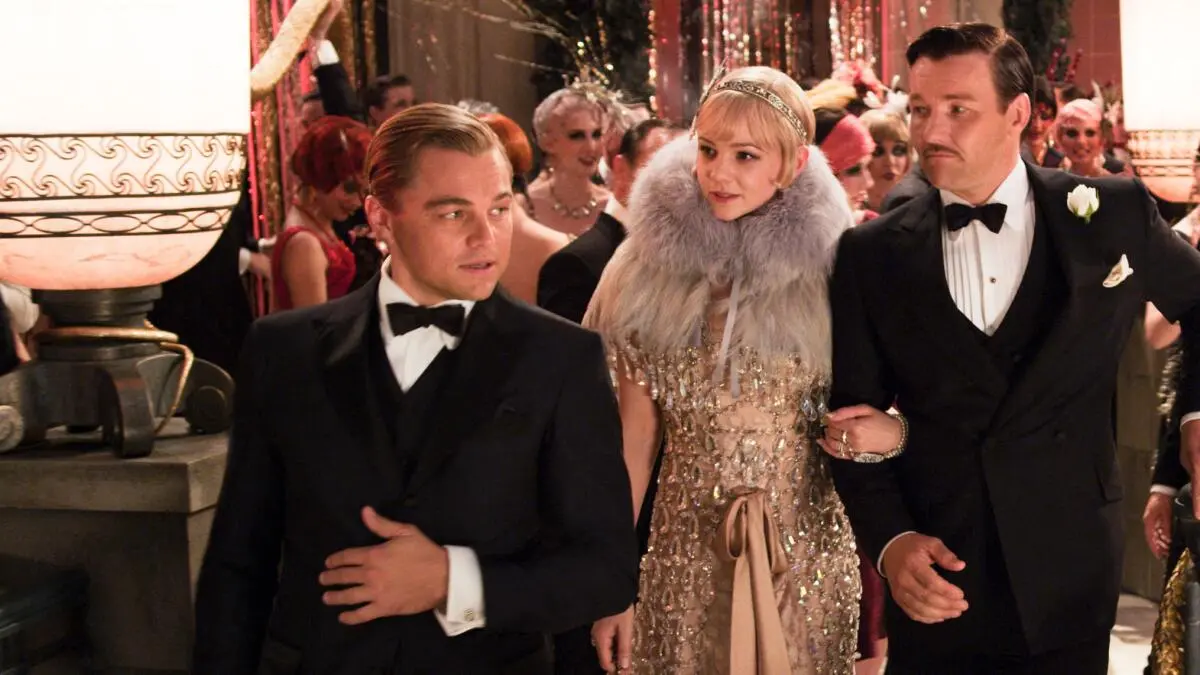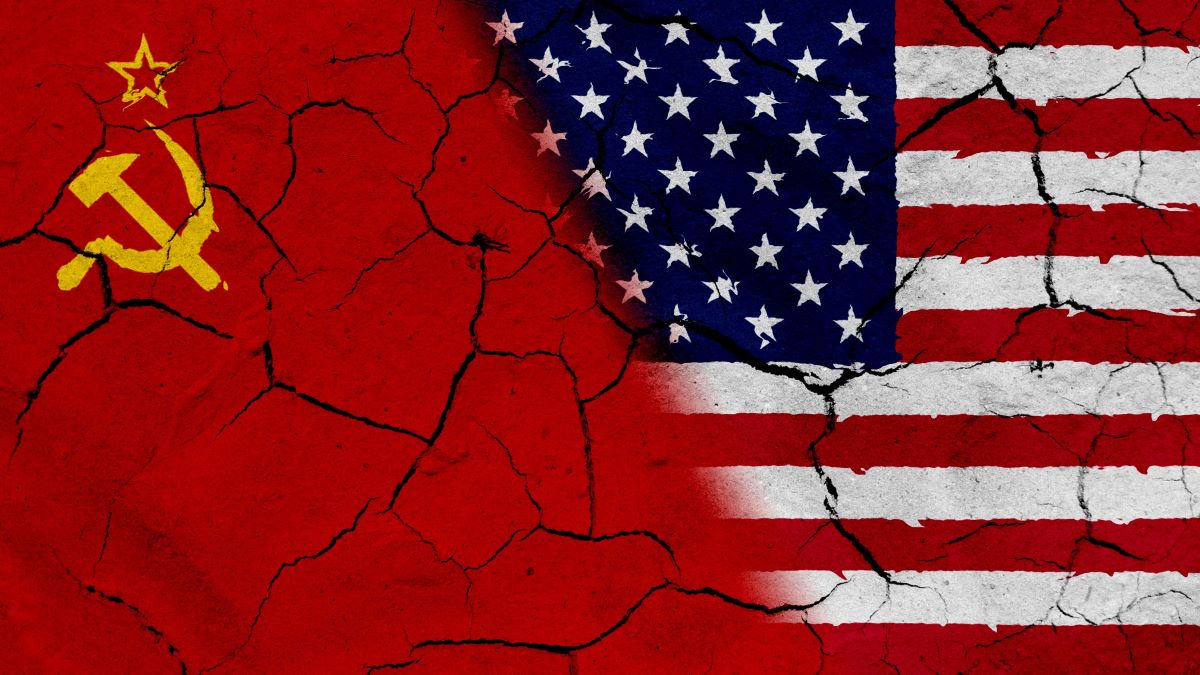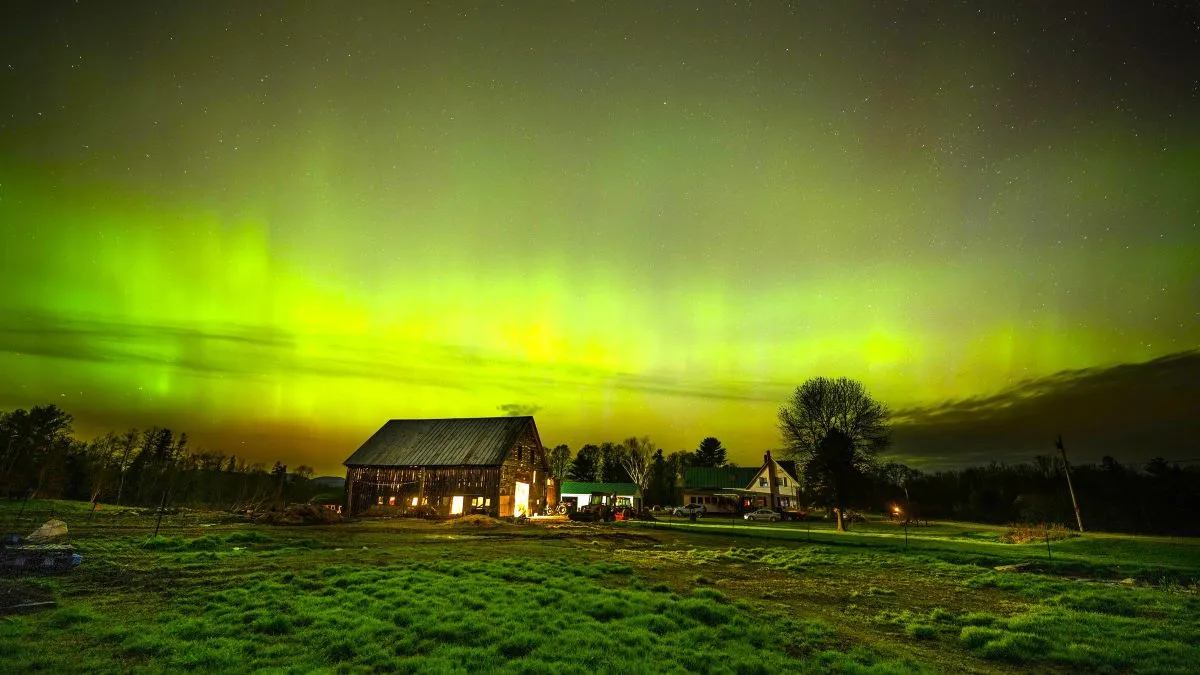Allow me to spare you the all-too-easy Justin Timberlake jokes today on May 1, and instead allow me to draw your attention to the national observances of Agriculture and Labor Day, and CSS Reboot Day. I was not prepared to be ushered into a day of such unprecedented duality; I hope you weren’t, either.
In any case, today is a particular special anniversary in the film sector of entertainment history, so let’s plug on with our main event.
The Great Gatsby released to theaters… again
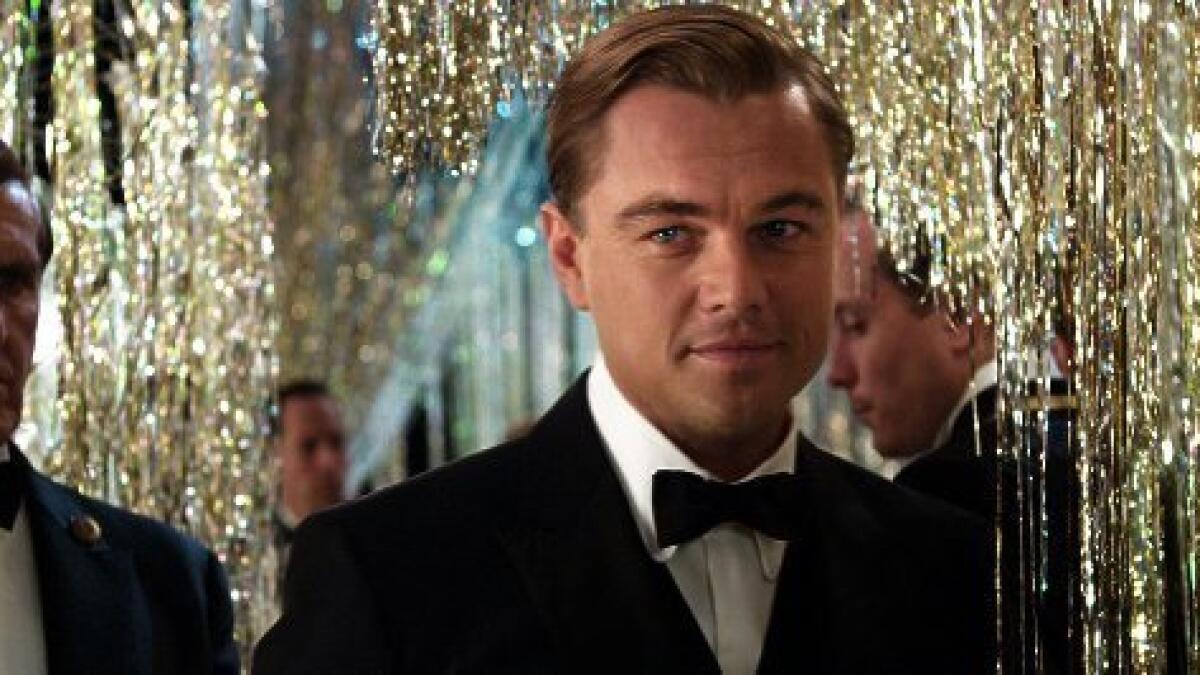
Who would’ve thought that one of the Great American Novels boasted a cinematic history nearly as dense as its literary one? Indeed, the first film adaptation of F. Scott Fitzgerald’s well-worn novel debuted in 1926, just a year after the book itself was printed. Gatsby and company would later revisit the big screen in separate film adaptations in 1949 and 1974, only for 2013 to give way to the latest cinematic iteration of The Great Gatsby on this day, May 1.
With Leonardo DiCaprio, Carey Mulligan, Tobey Maguire, and Joel Edgerton shoring up the cast, director/co-writer Baz Luhrmann had his fair share of acting riches to work with as he brought Gatsby’s external extravagance and internal emptiness to deafening life. A $353.6 million box office pull against a $105 million budget didn’t hurt, either.
And the train hasn’t stopped, either, with an animated film adaptation of The Great Gatsby reportedly in the works as of 2021. A curious medium for such a project, to be sure, but if we’ve learned anything from Gatsby’s story over the near-century it’s been around, it’s to never judge on appearance alone.
Citizen Kane redefined cinematic paradigms by several orders of magnitude
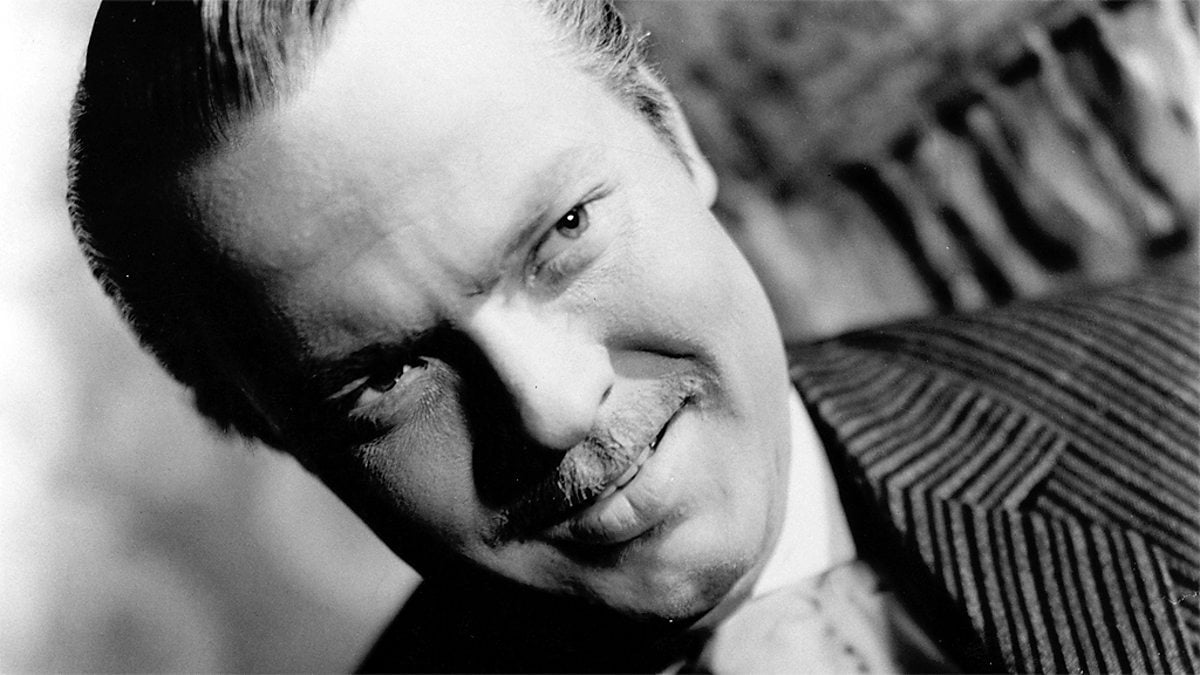
What is there to be said about Citizen Kane that, if having somehow avoided being publicly spoken about ad nauseum, hasn’t at least been uttered in the confines of in-person movie clubs of varying prestige? The answer, for all we know, is “a whole heck of a lot.”
Indeed, in the cultural and artistic aggregate, few films can measure up to the impact that Citizen Kane—released to theaters on this day in 1941—has had on filmmaking; both the technical and narrative pillars that the modern filmmaker prefers today can almost entirely be traced back to Orson Welles’ magnum opus. It’s almost as though giving the creatives full creative control is the most roundabout way to make the best possible movies.
And 83 years later, the truth of Charles Foster Kane remains as hopelessly tantalizing an impression as it’s always been—an impression that nevertheless seems to shift ever so slightly with every dubiously clocked passage of time.
The one and only Wesley Wales Anderson was born, and the color grading in the labor room immediately intensified, probably

That’s right folks, the mastermind behind all of your favorite, idiosyncratic, and deceptively harrowing movies that feature just about everyone in Hollywood turns 54 today.
Indeed, born on this day in 1969, Wes Anderson remains one of the most prominent auteurs of the modern era (because, let’s face it, no one except a filmmaker of Anderson’s prestige could get away with having Universal sign off on a film as doggedly weird as Asteroid City), and as The Phoenician Scheme emerges as the latest in a long line of quirky amalgams that seem to spew endlessly from Anderson’s brain, it’s safe to say he’ll probably be one of the most prominent auteurs of the next era, too.

